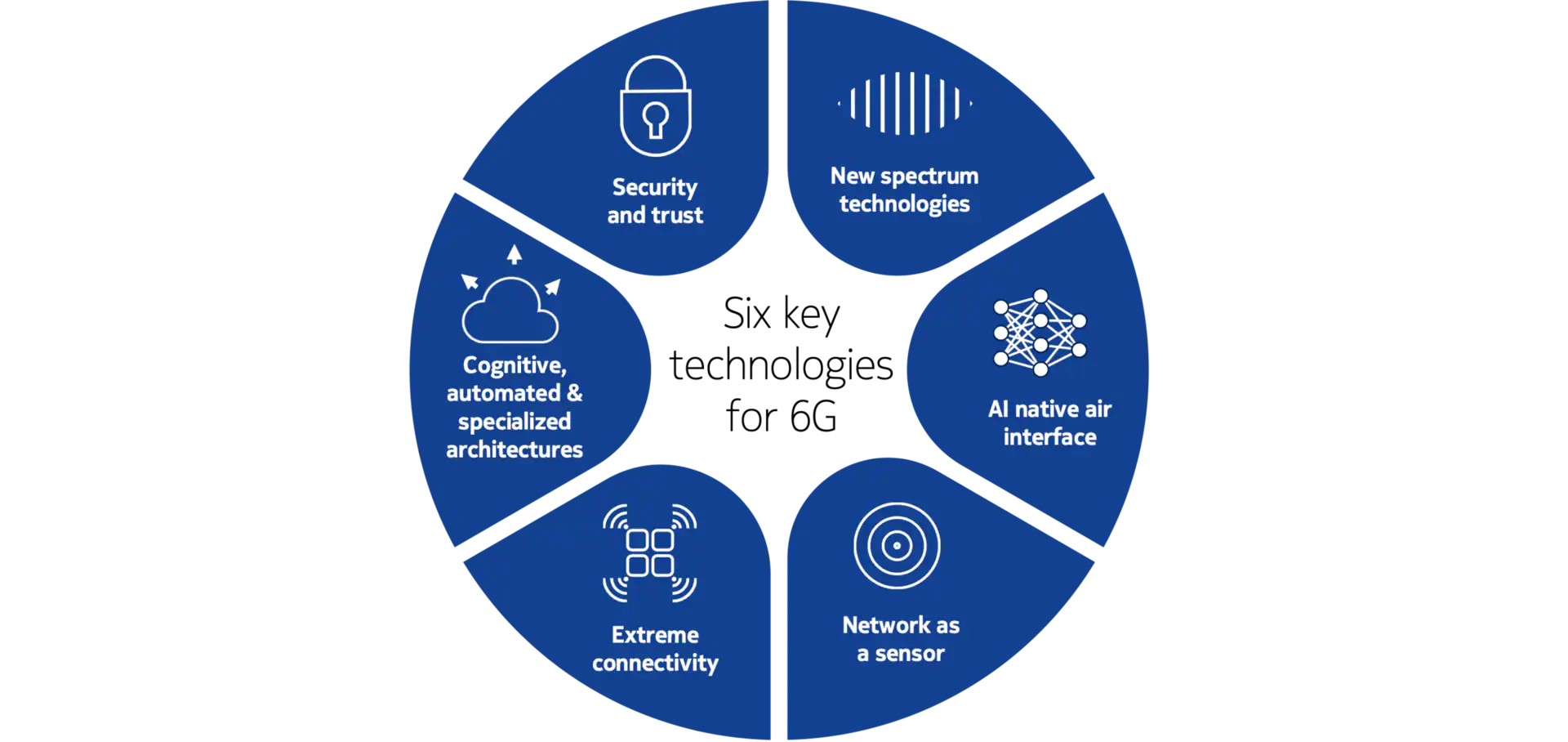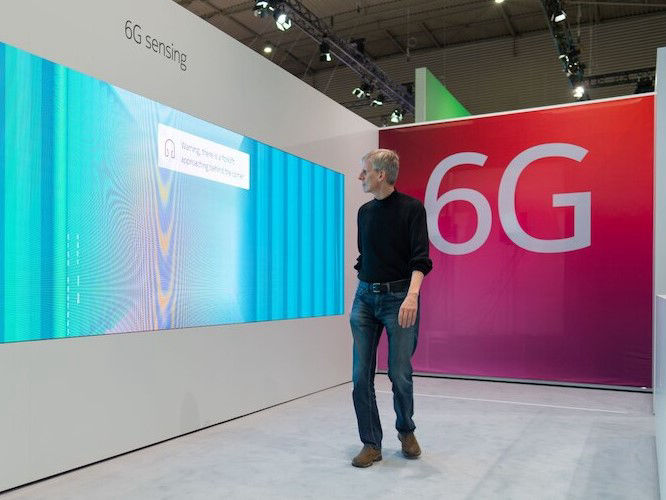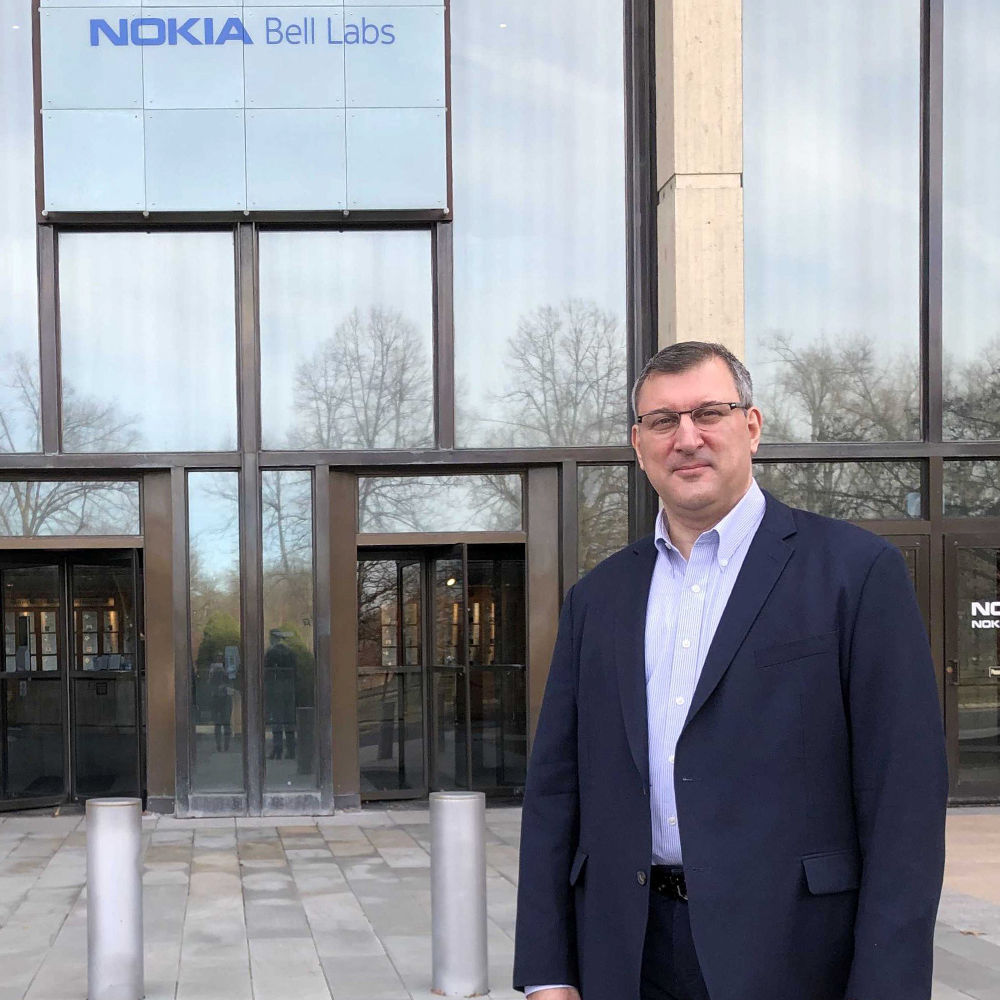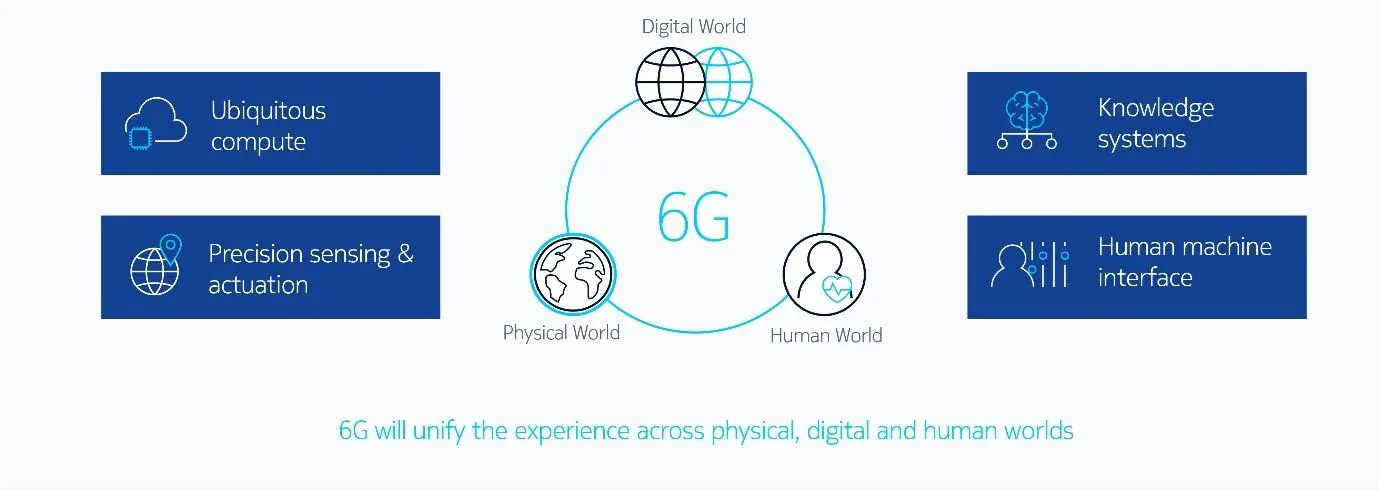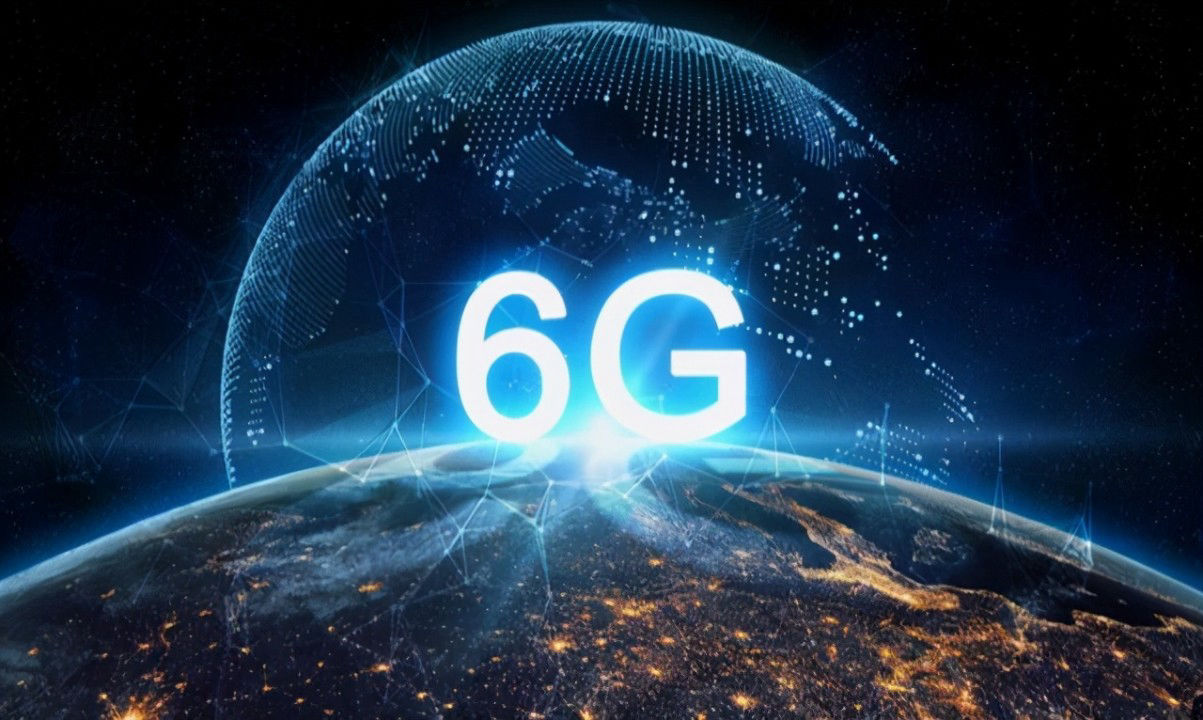
Cellular-based positioning technology for critical IoT industrial cases will be one of the key elements in future 6G networks.
6G Set to Primarily Be an Industrial IoT Network
Despite the fact that 5G network currently only starts to get in use in most of the markets, and that networks for commercial organizations relate to non-standalone, the experiments on 6G mobile networks are actively conducted nowadays. The IoT is involved in testing the technologies.
The significant part of population believes that the latest mobile network is 5G, invented at the end of the previous century. Thanks to getting a few gadgets connected, it allows to increase the speed and as a result to play some low-latency online games and watch videos in higher quality.
From the point of view of cellular service providers and industry stakeholders, 5G network is the next stage of mobile communication, which gave the possibility to switch phone calls on data as the main method of remote communication. In 5G New Radio it was possible to achieve the necessary level of quality and reliability for industrial implementation.
At the moment cellular service providers are launching the standalone 5G networks which are able to maintain functions needed for IoT services, for instance, low latency and network slicing. 5G Advanced, also known as 5G+, will come into use in 2025. They will suggest all the services of 5G for high-performance applications: autonomous driving, modern robotics, distant control and maintenance, IoT and industrial metaverse.
Gathering the information from diverse resources, organizations create digital twins which help them invent industrial IoT decisions. They also use artificial intelligence and analytics in order to get useful information. This way, organizations are able to create products and services with the help of multidirectional models.
As soon as 5G networks become irrelevant for the current technologies, the next 6G networks will appear to provide the necessary functions for modern gadgets and innovations.
What is 6G?
GSMA Intelligence published a report saying that the possibility of creating any applications depends on the technologies accessible at the moment. In case of 6G, the concrete services become possible based on the following technic parameters. The throughputs have to increase by 10 times, latency has to decrease, then extended reality, robotics, holographics and the metaverse will become possible to realize.
